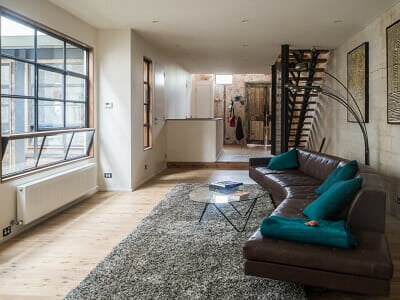Hydronic radiant heating, or hot water, heating has been standard for years in many parts of the U.S. It is seeing a surge in popularity at present, mainly because of the increasing use of radiant floor heating, which is known for providing even, comfortable heat. Yet contrary to popular belief, not every home in the free world needs hydronic heat to achieve this level of comfort.
Apples to Oranges
Hydronic heat is sometimes touted as more comfortable than forced-air heat. But since the typical hydronic system is significantly more expensive than the typical hot-air system, especially if cooling is included, this is an apples-to-oranges comparison. Customers willing to invest in a quality hot-air system, rather than a bare-bones package at the lowest price, will find that forced hot air can be as comfortable as hydronic heating. Unfortunately, if the heating system is hot water and the home owner doesn’t spend the extra up front to cool their home, their finished home may be still too expensive to add the cooling system later and probably imposable to even install without doing even more expensive and inconvenient remodeling to accommodate such an install. Or the homeowner may have to add a window air conditioner instead to each of the rooms in the home. Another system maybe a ductless system that is not as efficient as the central split system design on a standard forced air install.
The least expensive forced-air system usually includes a single-stage furnace with a single-speed blower motor. The entire house is ducted as a single zone, and therefore has just one thermostat. If the system is sized by a contractor who uses a rule-of-thumb formula to estimate heat loss and heat gain, the homeowner can end up paying higher-energy bills for a noisier, less efficient system that provides uneven temperatures from room to room.
A quality forced-air system would probably include a Coleman two-stage furnace with a variable-speed blower motor.
The house would be separated into several zones, I recommend Arzel Zoning Systems, with separate thermostats, and the air would be distributed through well-sealed, insulated ducts. In many cases, such an upgraded hot-air system will still cost less than a hydronic system.
|

